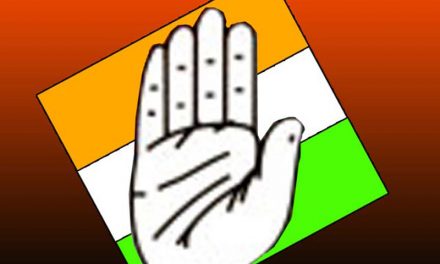The turmoil at SysTech has led to an intense debate on the nature of the problem and who is responsible. It is very interesting when the MD, Vyaas Varshney, says, “From what you all are saying I hear there is a physical problem in the form of strategic foresight, etc, and a physiological problem in the form of a middle management (MM) that is seemingly lethargic. Frankly, my concern is the physiology. What should we do to set it, the MM, right.”
It is not necessarily a correct diagnosis of the problem. Moreover, if the CEO is less concerned about the physical problem of strategic foresight than the physiological problem of middle management, he is missing the wood for the trees.
The management layers and thickness of each layer is an outcome of the business model pursued by Systech, like the majority of software companies. It served its purpose and will continue to serve, till the existing business model provides significant returns. The tendency will be to stretch the business model to its maximum capacity, till it works.
If Vyaas expects that the MM in this business model will deliver on its job and should also be able to define the contours of new business model, conceptualise it, execute it and make it viable, it may not work.
An ability to spot shifts in business and economic direction, ability to sense the opportunities in these shifts, and ability to build a business model to address these opportunities is one set of capability. This can come from anywhere. The current set of IT leaders were built by people who came from diverse backgrounds. Some were entrepreneurs, and some were MM of older generation IT companies such as DCM and PCS. It is more a function of individual excellence than a routine characteristics of a management layer.
The ability to execute the business model and help scale it up is another set of abilities. Today’s MM is rich in the second set of capabilities.
As the business focus shifts, and the need for a new business models becomes clearer, a set of leaders will emerge who will create new businesses in new markets with new business models. The success of these business models will redefine the management layer and the physiological problem, as Vyaas puts it, will automatically disappear as it will no longer serve the needs of new business models.
Trying to cure this problem without fixing the strategic foresight problem is like putting the cart before the horse. The key here is Systech’s overall ability to adapt and change and reinvent itself as a company. It is instructive to see how two different industries in the US dealt with changes in the macro environment.
The auto industry in the US faced increasing competition from efficient Japanese companies who built cheaper, better and fuel-efficient cars. The US companies refused to change and refused to invest in new technologies and innovation. In the end, when push came to shove, they asked for government subsidies and one of the reasons cited was ‘need to invest in innovation’. It is now apparent to all how the auto industry lost the lead to Japan.
The IT industry in the US, on the other hand, continued to reinvent itself as the computing environment shifted from mainframes to mid-range to desktops. As software matured and technologies like internet redefined the industry, a new set of leaders emerged while older players such as HP and IBM reinvented themselves. Companies such as Microsoft and Apple are adapting to changes and continue to do well even though new leaders like Google and Amazon emerge on the horizon. Offshore services was a big game changer, which created another set of leaders. All the major IT companies, though, quickly adapted to this new model and leveraged it effectively to strengthen their existing businesses.
The level of openness and intropection seen in the debates is a reflection of Systech’s ability to adapt and change.
Audarya quotes Tata Motors and their numbers in favour of his argument. He can draw inspiration from the fact that Tata Motors, which was in the trucks business and had seen rough times, successfully reinvented themselves with Indica and then the world’s cheapest car, Nano.
Kapalesh puts it very well when he says, “Tough is the road when a unit output compels, nay, demands a larger input and you feel ‘this is too much’. It is a tough road when what you do is not enough for customer, is not what or as much as the customer wanted. When the customer finds suddenly that as his mind expands for his customers and he is delivering more and better, his vendor stands far behind… in spirit and content. Tough is the road, when you know what you should be doing, but also know you do not have the human resources or the will to do it.”










